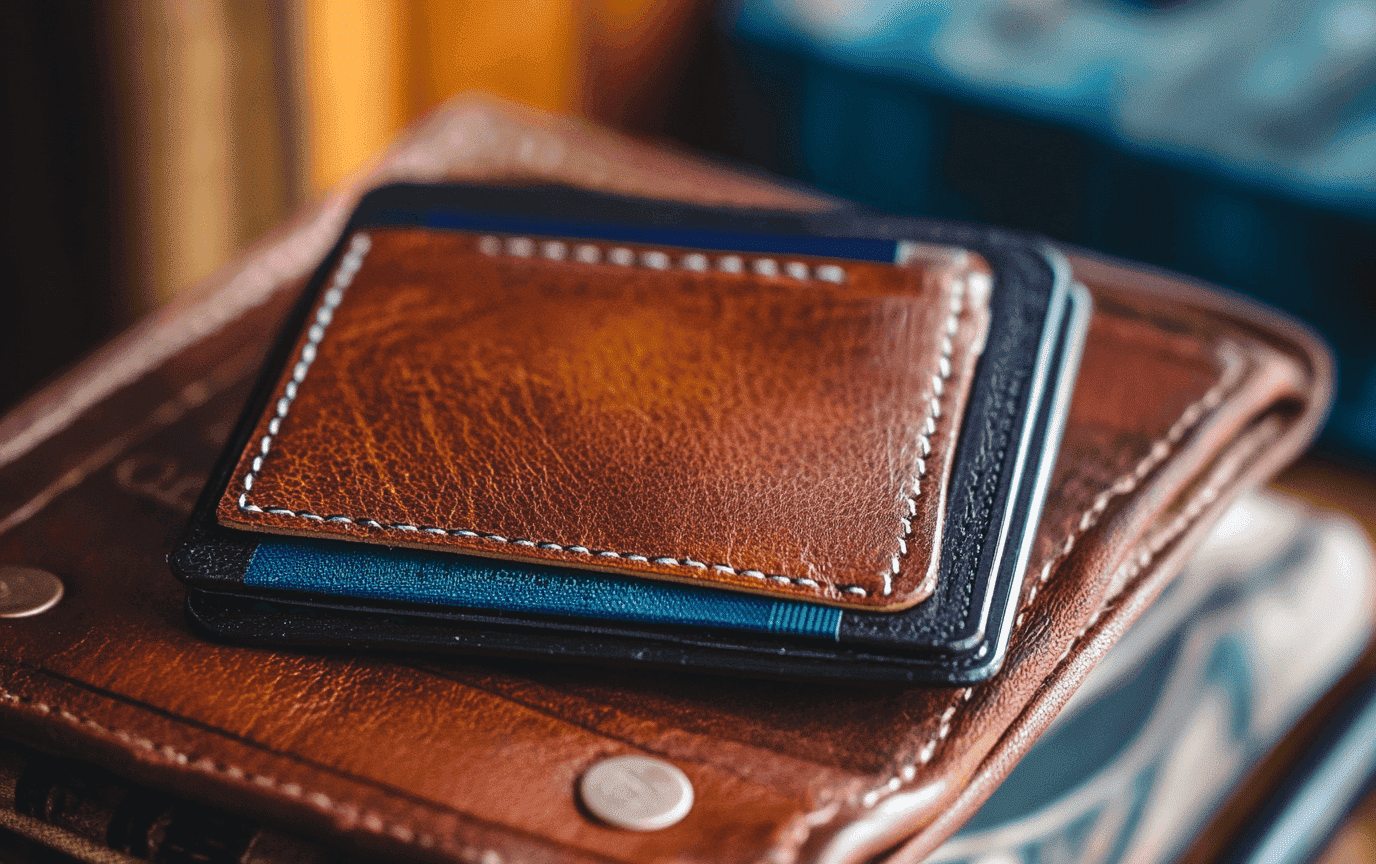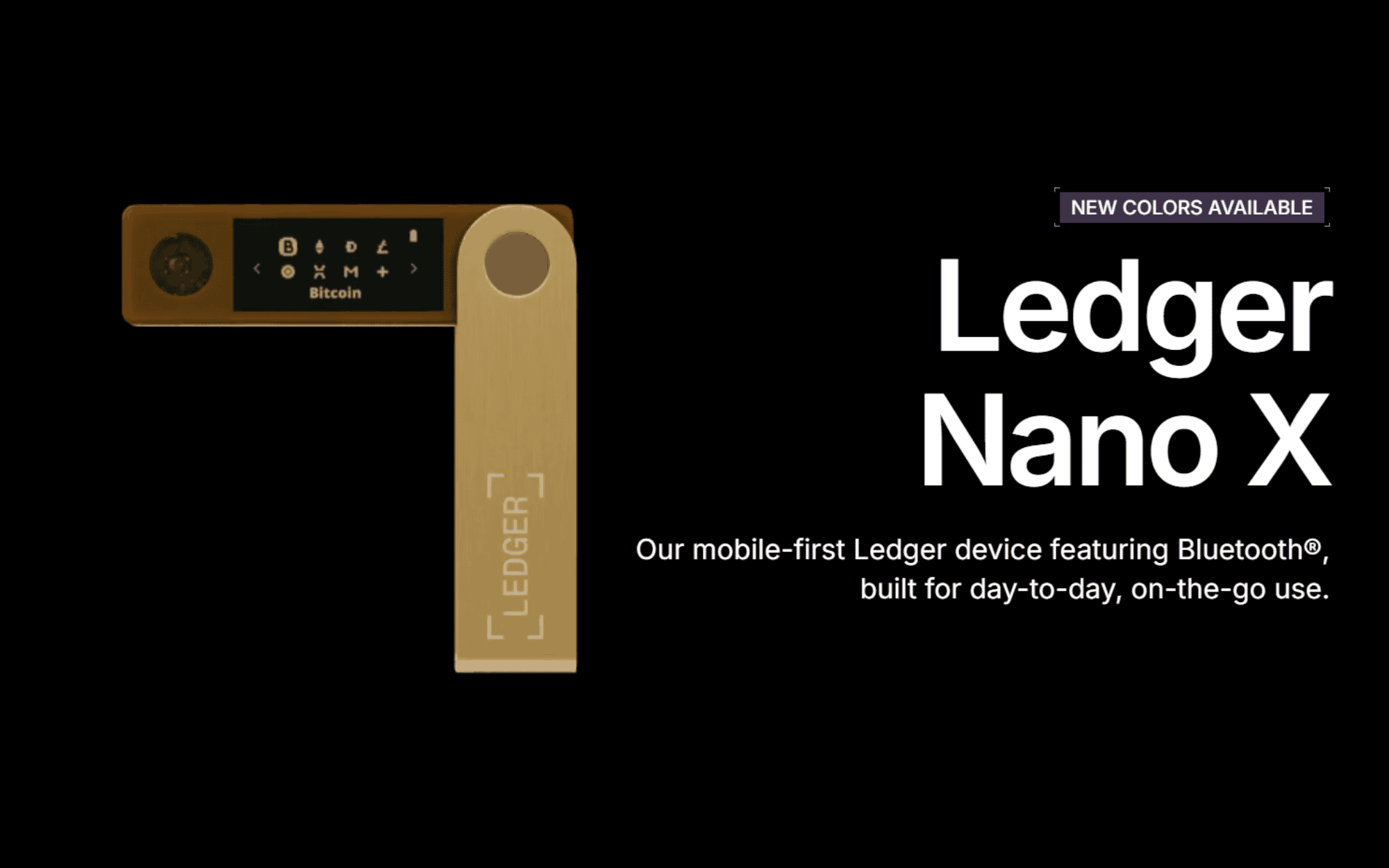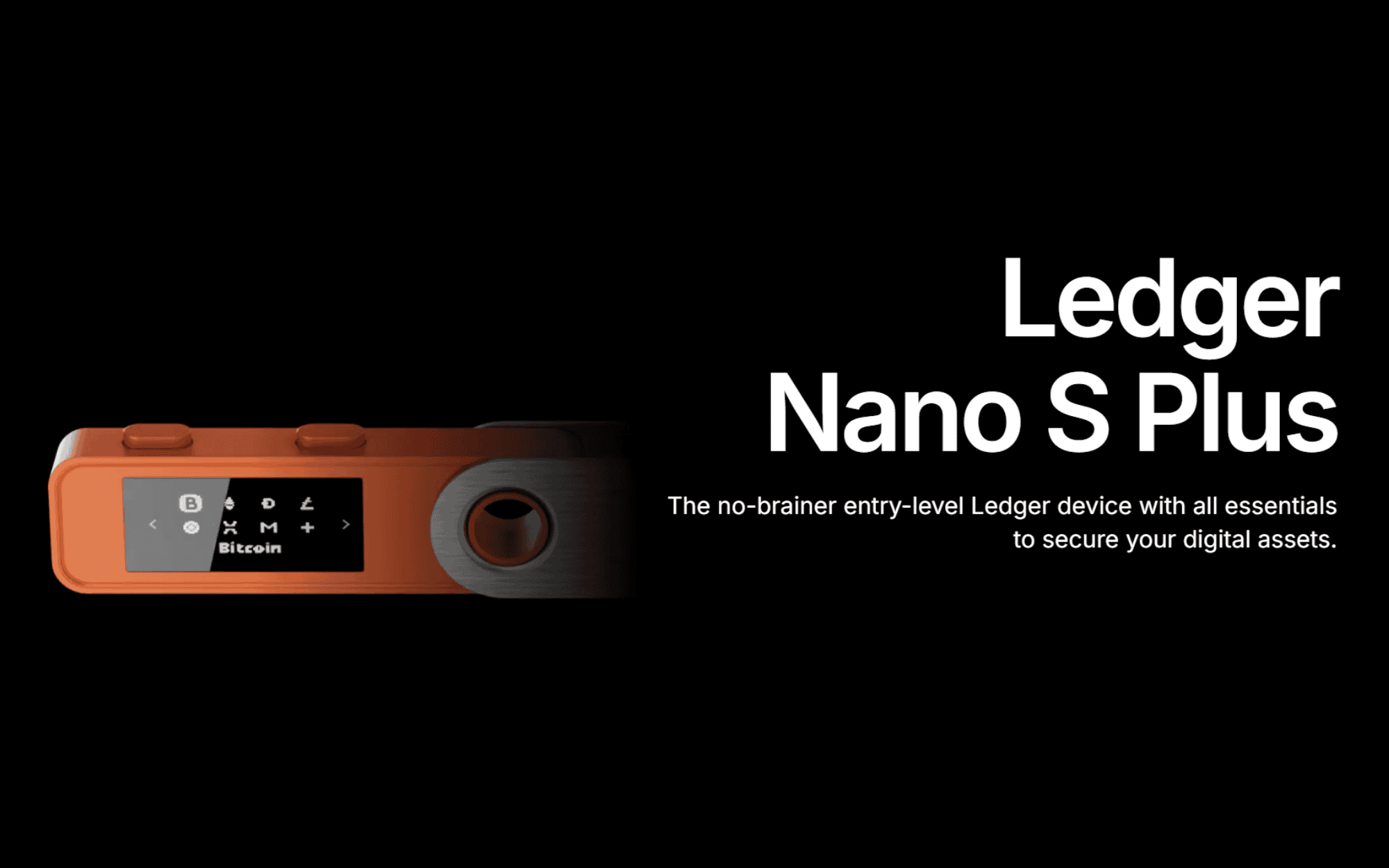Setting up a cryptocurrency wallet is a crucial step for anyone interested in the world of digital currencies. It allows users to securely store, send, and receive cryptocurrencies like Bitcoin, Ethereum, and many others. You might be wondering, “Why is a wallet so important in the crypto space?” Well, think of it like your own personal bank account—only instead of holding cash, it’s designed for digital money. In this guide, we’ll explore the different types of crypto wallets, their features, and how to set them up securely.
Types of Crypto Wallets
Crypto wallets can be broadly categorized into custodial and non-custodial, and they can further be divided into hot and cold wallets based on whether they are connected to the internet.
1. Custodial Wallets (Hosted Wallets)
These wallets are owned and controlled by a third-party service, usually a cryptocurrency exchange, like Coinbase or Binance.
Benefits: They are straightforward to use, come with password recovery options, and are often integrated with exchanges for seamless trading.
Drawback: You don’t fully control your assets; you’re essentially handing over the keys to a third party, which comes with a certain level of risk.
2. Non-Custodial Wallets
In a non-custodial wallet, you control your private keys. This means you are fully responsible for keeping your assets secure.
Software Wallets (Hot Wallets): These are installed on your desktop or mobile device, providing quick access for frequent transactions. Examples include MetaMask and Exodus. They’re excellent for beginners because they’re easy to set up and use.
Hardware Wallets (Cold Wallets): These are physical devices that store your keys offline, offering enhanced security against hacking. Popular brands include Ledger and Trezor. They are great for storing cryptocurrencies long-term, especially if you’re holding a significant amount.
Paper Wallets: Yes, they do exist! A paper wallet is exactly what it sounds like—a physical document that contains your public and private keys. They are suitable for secure offline storage but can be cumbersome if you want to make regular transactions.
Setting Up a Crypto Wallet
Now that we’ve covered the types of wallets, let’s jump into the nitty-gritty—the actual setup!
Custodial Wallet Setup
- Choose a Platform: Select a reputable exchange (e.g., Coinbase, Binance) with robust security features and user-friendly interfaces.
- Create an Account: You’ll need to provide necessary personal information to comply with regulations (KYC/AML). This step builds trust with the platform.
- Buy or Transfer Crypto: Use your bank account, credit card, or even transfer crypto from another wallet to get started.
Non-Custodial Software Wallet Setup
- Download Software: Choose a wallet app like Electrum or Mycelium. Always ensure you’re downloading from a legitimate source (e.g., official website or trusted app store).
- Create a Wallet: Follow the setup instructions to generate your private key and recovery phrase. Important: Write down your recovery phrase and store it securely! This phrase is your lifeline—you lose it, you lose access.
- Secure Your Wallet: Enable two-factor authentication (2FA) and biometric login if available. The more layers of security, the better!
Non-Custodial Hardware Wallet Setup
- Purchase Hardware: Buy a reputable hardware wallet (e.g., Ledger, Trezor) directly from the manufacturer. Avoid third-party sellers.
- Install Software: Download the wallet’s companion software from the official website.
- Configure Wallet: Set up your device with a PIN and recovery phrase, and make sure to store the recovery phrase securely.
Additional Security Tips
- Use Strong Passwords: Always create unique, complex passwords and avoid storing them online. You don’t want your wallet compromised due to a weak password.
- Backup Your Wallet: Keep multiple secure backups of your recovery phrase (or your private keys for paper wallets) in different locations. It’s like an insurance policy for your crypto!
- Regularly Update Software: Stay protected from vulnerabilities by updating your wallet software frequently. Developers frequently patch security bugs, and you don’t want to be the last to jump on those fixes.
Choosing the Right Wallet
When deciding on a crypto wallet, consider the following factors:
- Security Needs: If you prioritize maximum security, hardware wallets are preferred for long-term storage.
- Convenience: For frequent transactions, software wallets usually offer greater ease of access.
- Investment Strategy: If you hold multiple cryptocurrencies, ensure your wallet supports all of them. Not all wallets are created equal!
Conclusion
Setting up a crypto wallet is straightforward once you understand the types available and their benefits. By following these steps and tips, you can securely manage your digital assets and engage smoothly with the world of cryptocurrencies. Whether you’re a seasoned investor or just starting out, knowing how to set up a crypto wallet is an essential part of your journey.
Remember, your wallet is essentially your bank in the digital world, so treat it with respect! If you have further questions or need more guidance, don’t hesitate to explore our other categories. You’ll find everything from crypto basics to exchange reviews, the latest news, and useful tools and wallets to help you navigate this exciting space. Keep learning, and happy investing!












